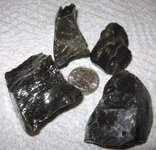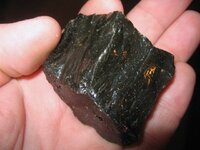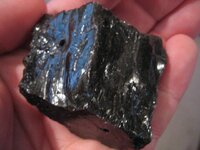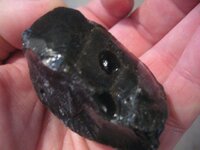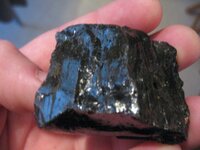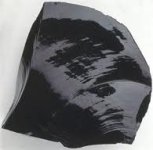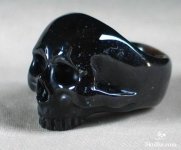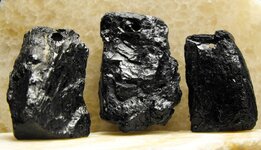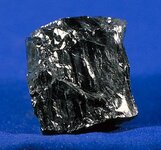wildcatman71
Hero Member
Last week we went to the Cave in Rock, IL area and was digging around in an old fluorspar mine....and found these. These are the only ones like this I have ever found there. Very shiny, glassy black rocks. Please let me know what I have here. Thanks!!


